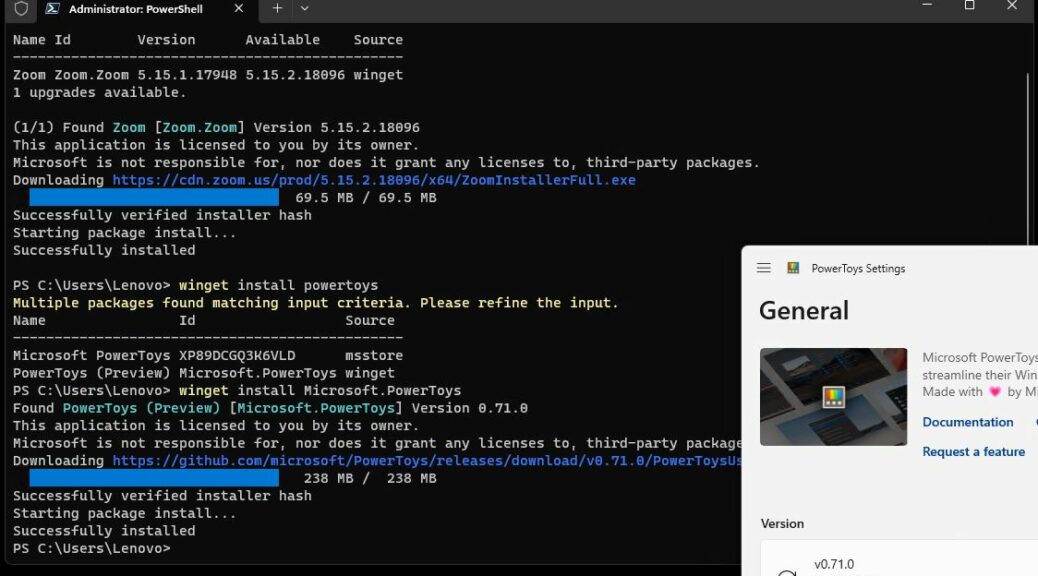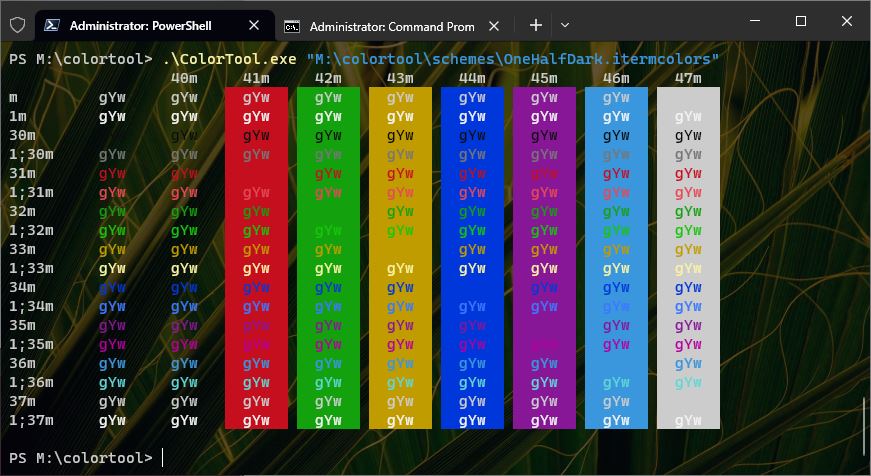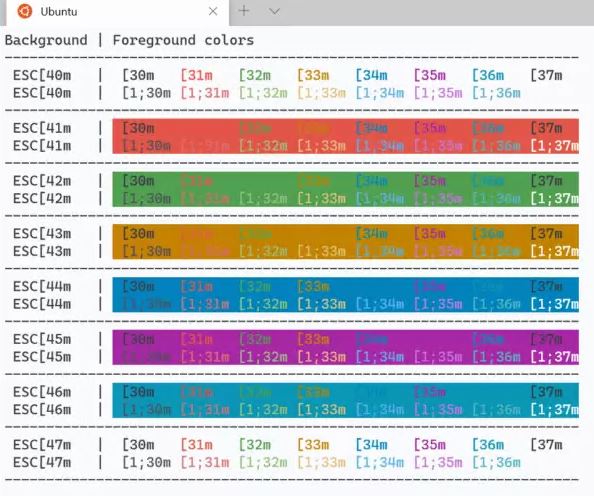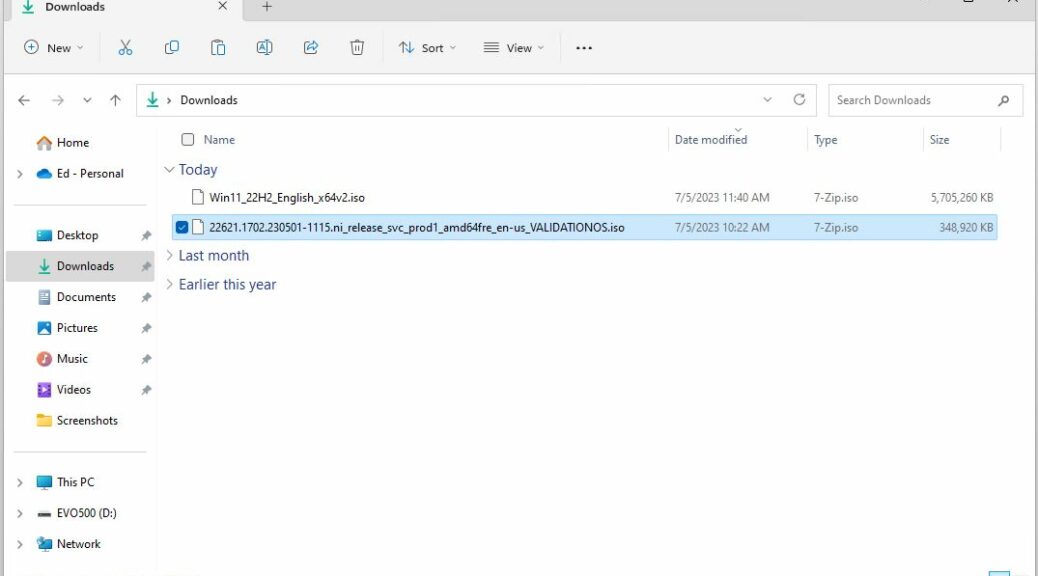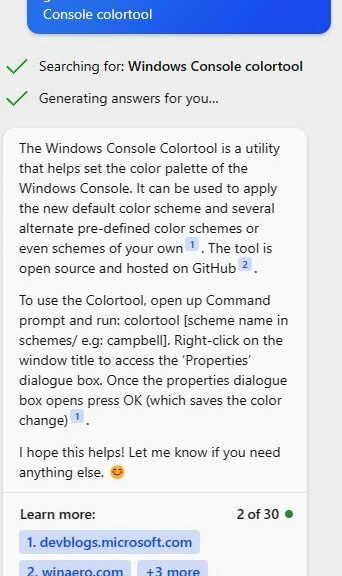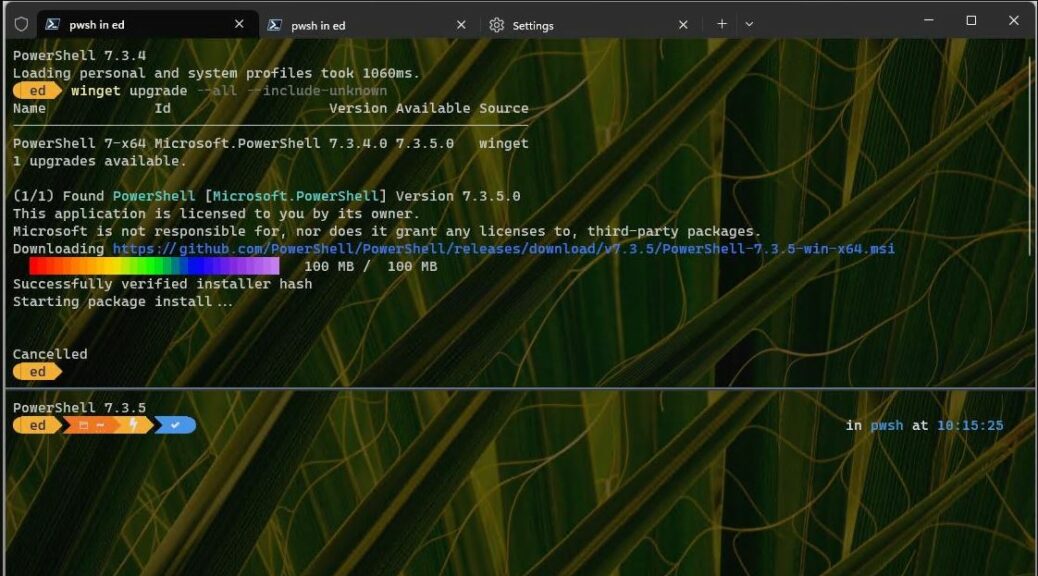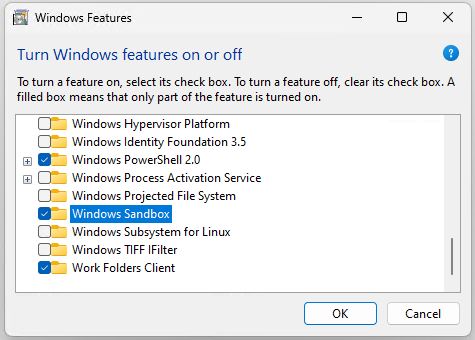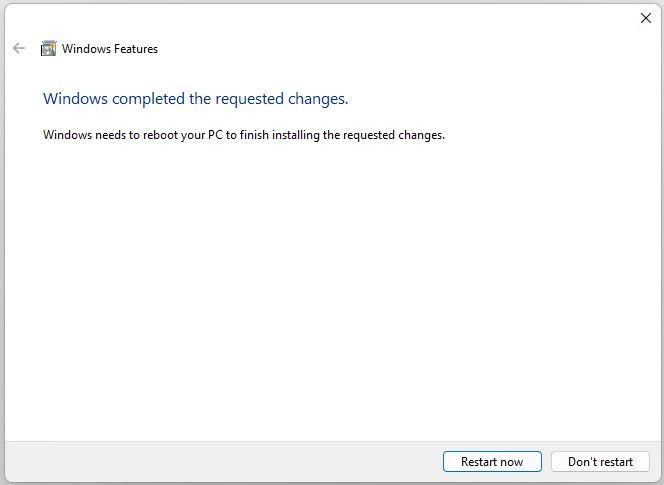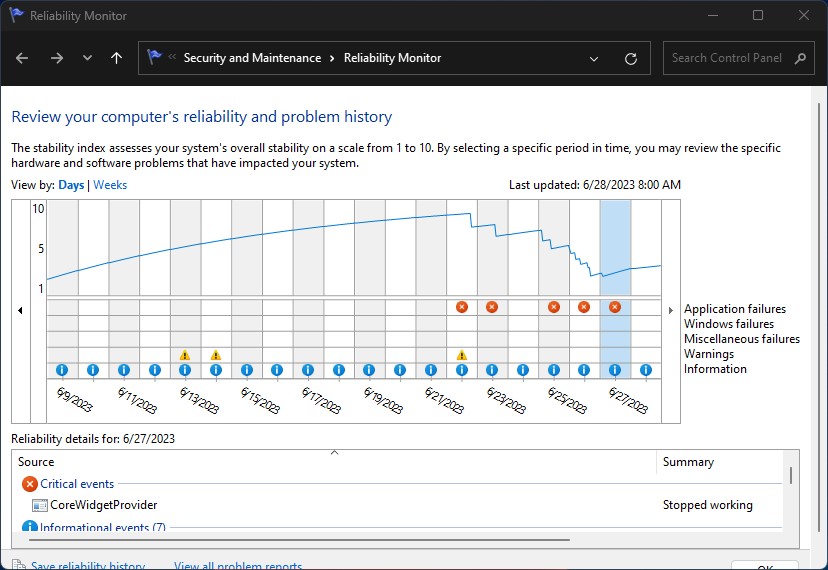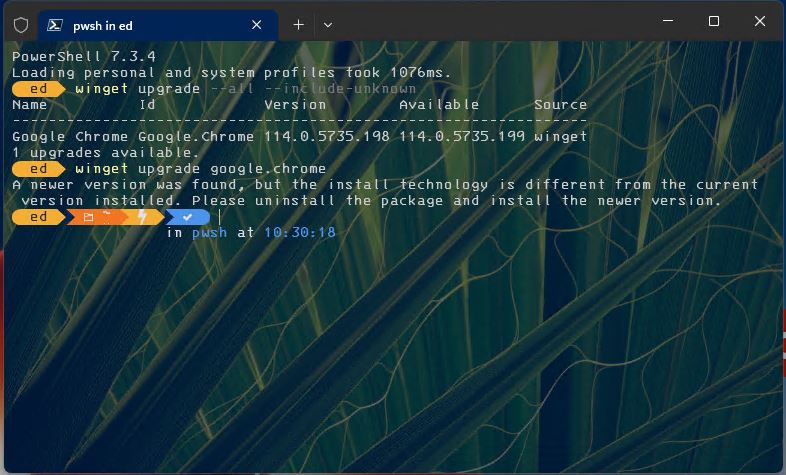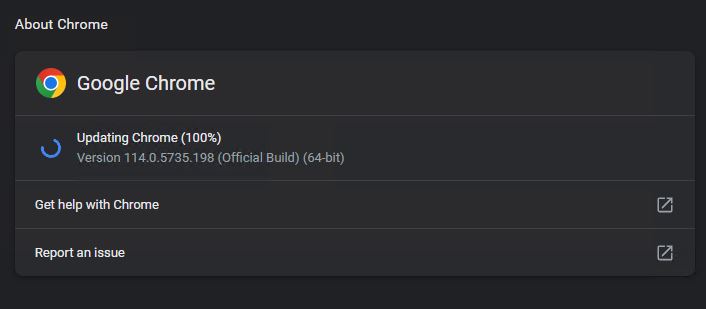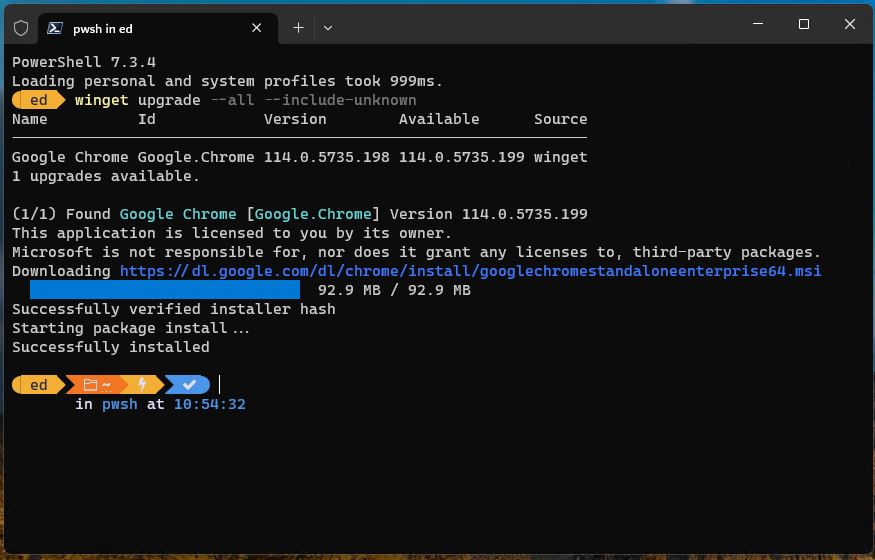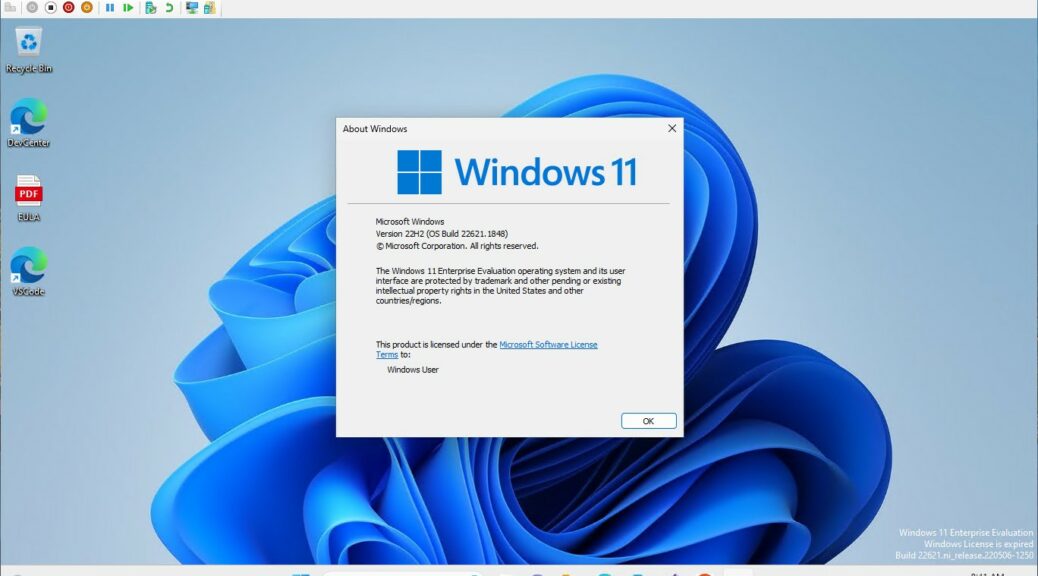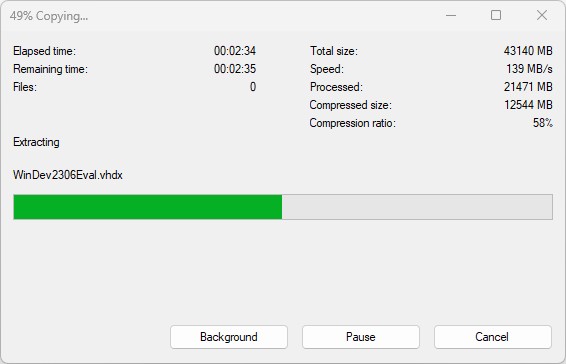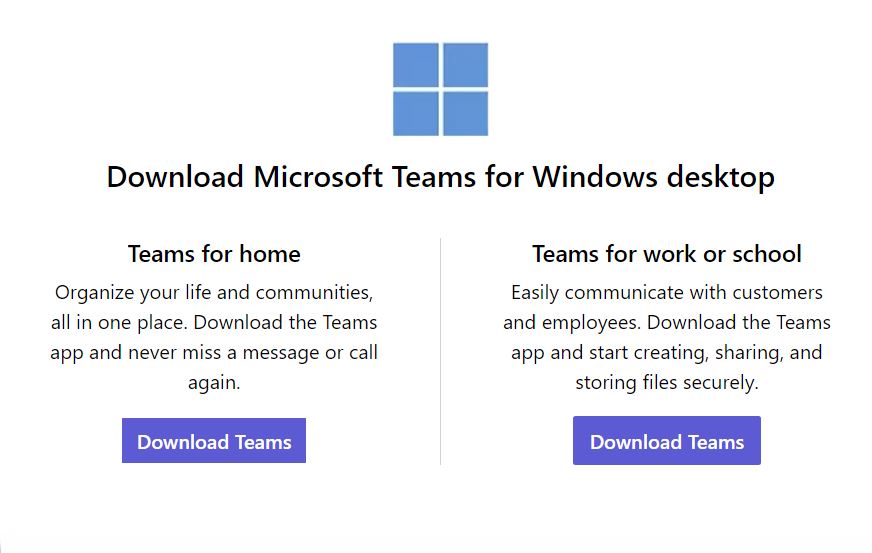Now THAT’s what I like to see. Yesterday morning, I noticed a new version of PowerToys (v0.71.0) was out. So quite naturally, I ran WinGet to upgrade same. No dice. At 11:45 AM (Central) I tweeted about this. I observed it was “kind of surprising to see a new PowerToys release…without a matching WinGet upgrade manifest.” 8 minutes later, the team leader responded “we’re working on it.” And by that afternoon, the PowerToys team closes WinGet gap. There’s a working manifest for version 71 in place. Neat-o, and thanks, people!
PowerToys Team Closes WinGet Gap Quickly
It’s a real testment to the energy and drive of the teams involved that things were already in progress as I reported in. (In fact, I heard from the WinGet team lead, too.) This morning I installed PowerToys on the Lenovo ThinkPad X1 Extreme (8th-gen i9, 32 GB RAM, 1.5 TB SSD) and got the latest version. That sequence appears as the lead-in graphic above.
If you look at that graphic, you’ll see that WinGet found only a Zoom upgrade. Oops! That’s because PowerToys wasn’t installed on this PC — yet. But when I did install the .exe version (Microsoft. Powertoys) 0.71.0 (shown as v0.71.0 in the thumbnail at lower right) appears. That’s exactly what should have happened,. It also shows the WinGet manifest for that version of PowerToys is present and working properly.
Always Nice When Things Work Out…
I must say that both the WinGet and PowerToys teams have always been great to work with. They respond to input, questions, and feedback quickly. And when they have to act, they tend to do so sooner than later. Thus, my thanks to Demetrius Nelon (WinGet team lead) and his merry munchkins, as well as Clint Rutkas (PowerToys team lead) and his peppy people, too. Please: keep up the good work.
